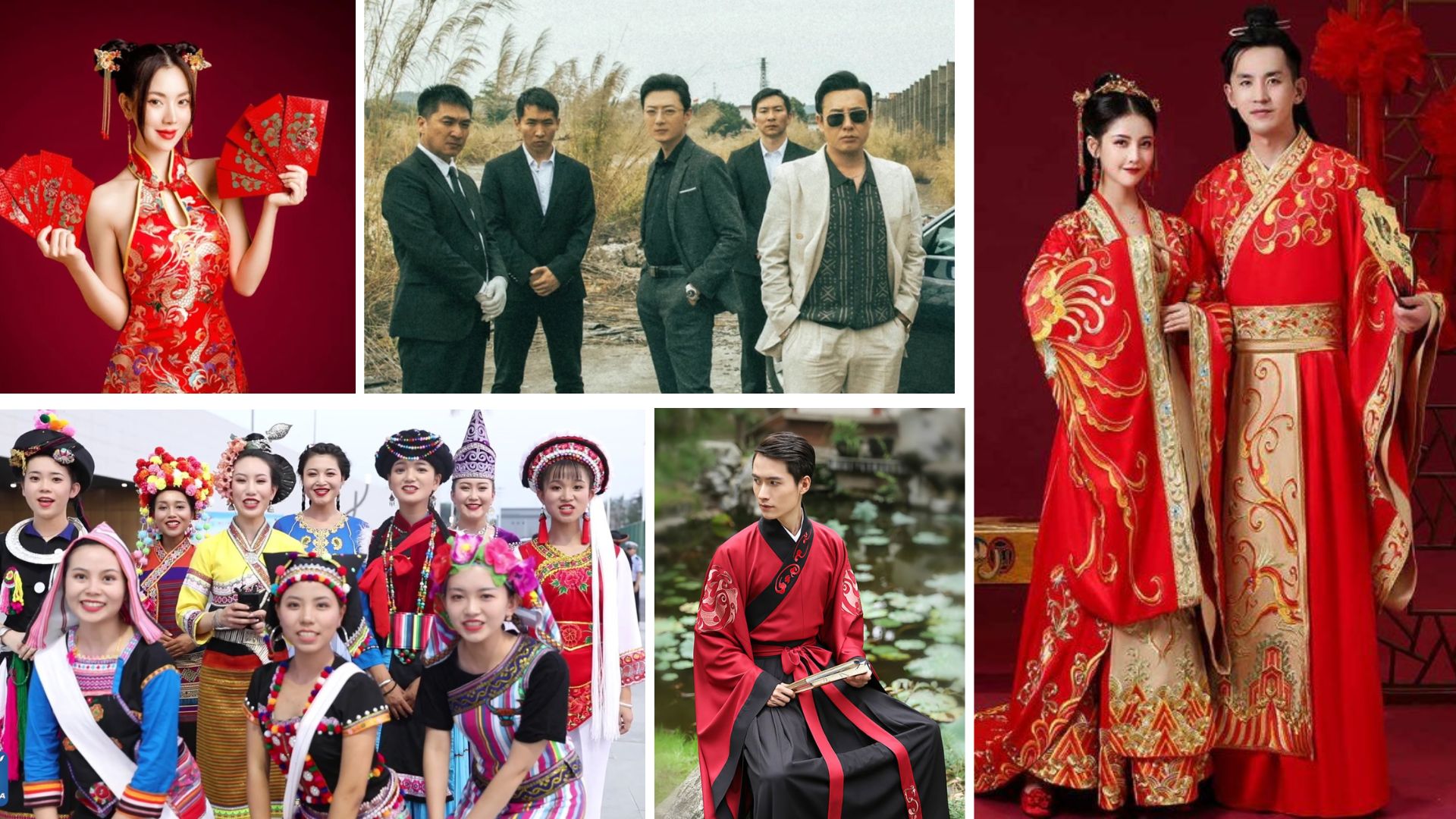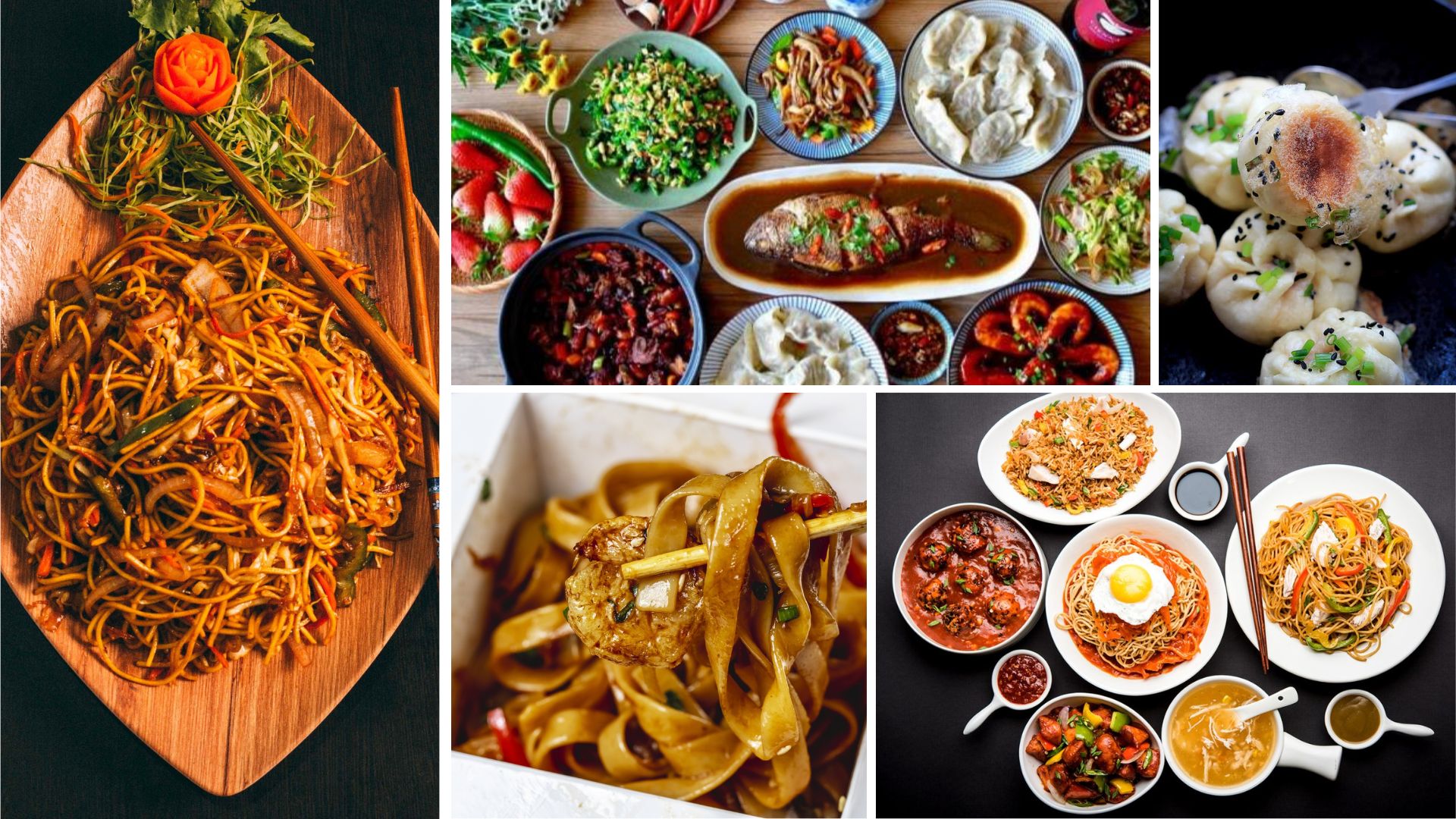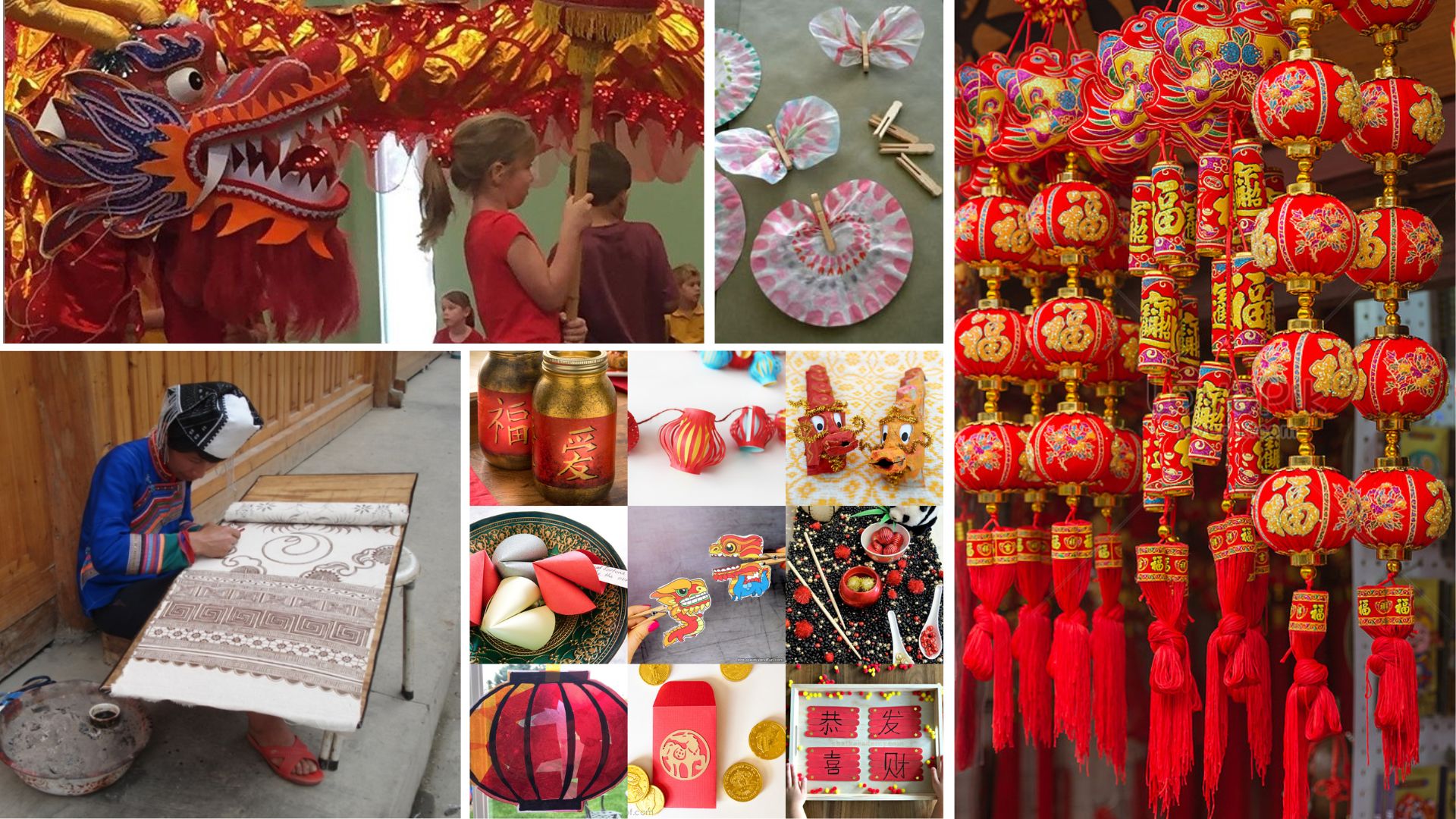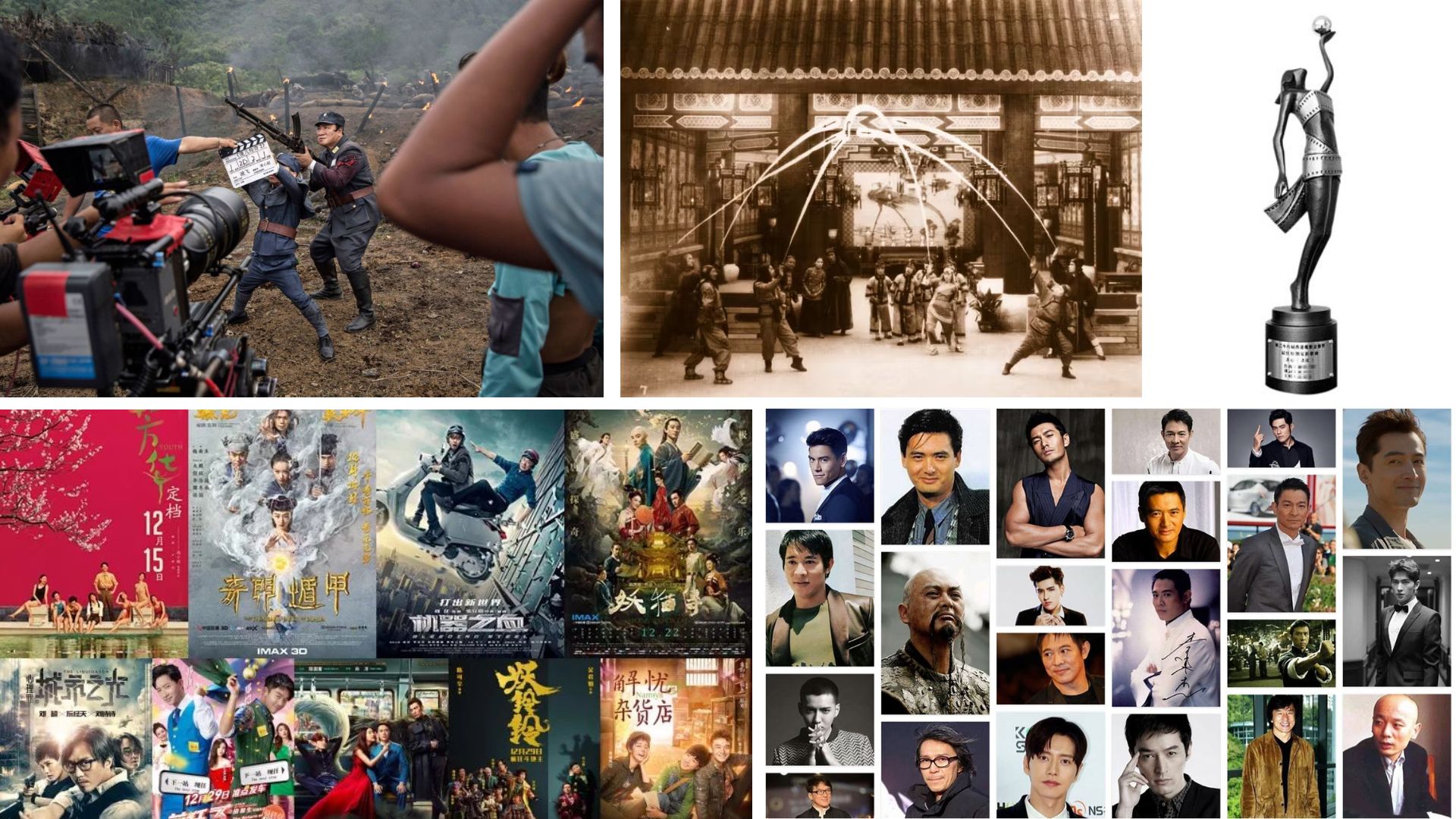China's distinct and dynamic culture has evolved over thousands of years, deeply influenced by its rich history, philosophical traditions, and diverse ethnic groups. Confucianism, Taoism, and Buddhism have played crucial roles in shaping Chinese values, customs, and societal structures. Traditional festivals like the Spring Festival (Chinese New Year), Mid-Autumn Festival, and Dragon Boat Festival reflect the deep cultural heritage of the country. Calligraphy, tea culture, and martial arts such as Kung Fu and Tai Chi are significant aspects of Chinese traditions.

China Clothing
Traditional Chinese clothing reflects the nation’s history and cultural identity. The Hanfu, which dates back to the Han Dynasty, features flowing robes and intricate embroidery. The Cheongsam (Qipao) is a form-fitting dress that became popular in the 20th century, symbolizing modern Chinese elegance. In the northern regions, people historically used silk, fur, and cotton to make warm garments. Traditional costumes are still worn during cultural festivals, weddings, and formal ceremonies, showcasing a connection to China’s heritage.

China Food
Chinese cuisine is one of the most diverse and renowned in the world, with regional variations such as Sichuan, Cantonese, Shandong, and Jiangsu cuisines. Staple foods include rice, noodles, tofu, and vegetables, often accompanied by meats and seafood. Popular dishes include Peking Duck, Dim Sum, Hot Pot, and Kung Pao Chicken. Traditional cooking techniques emphasize balance, flavor, and presentation, with a focus on the five fundamental tastes: sweet, sour, bitter, spicy, and salty. Chinese tea culture is also an integral part of daily life, with varieties like green tea, oolong tea, and pu-erh tea enjoyed across the country.

China Art
Chinese art spans thousands of years and includes traditional paintings, calligraphy, ceramics, and sculpture. Ink wash painting, inspired by Taoist philosophy, emphasizes simplicity and natural beauty. During the Tang and Song Dynasties, landscape painting flourished, portraying mountains, rivers, and nature scenes. Modern Chinese art blends traditional techniques with contemporary themes, reflecting the country’s cultural evolution. Today, China is home to numerous world-class museums and art institutions, preserving its artistic heritage while fostering innovation.

China Film Industry
The Chinese film industry has a rich history, from early silent films to the rise of globally recognized directors like Zhang Yimou and Wong Kar-wai. The industry has grown significantly, with China becoming one of the largest film markets in the world. The Golden Age of Chinese cinema in the 1930s saw the production of influential films that explored social themes. In recent years, the Chinese film industry has expanded through collaborations with Hollywood and other international markets. Blockbusters such as "Crouching Tiger, Hidden Dragon" and "Wolf Warrior" highlight the country’s cinematic achievements. The Beijing International Film Festival and the Shanghai International Film Festival play major roles in promoting Chinese cinema worldwide.

China Economy
China’s economy is the second-largest in the world, driven by manufacturing, technology, and global trade. The International Monetary Fund (IMF) has raised its 2024 forecast for China's GDP growth to 3.2%, up from the 2.6% projected in January. This growth is supported by strong government spending, increased consumer demand, and investment in key sectors such as technology, infrastructure, and green energy. Despite global economic challenges, China continues to maintain a robust economic outlook, with projections for steady growth in 2025-2026. The Chinese yuan remains a significant player in international trade, and the country's Belt and Road Initiative (BRI) further strengthens its global economic influence. China’s exports, including electronics, machinery, and textiles, contribute significantly to its economic strength, while domestic innovation in AI and electric vehicles fuels future expansion.